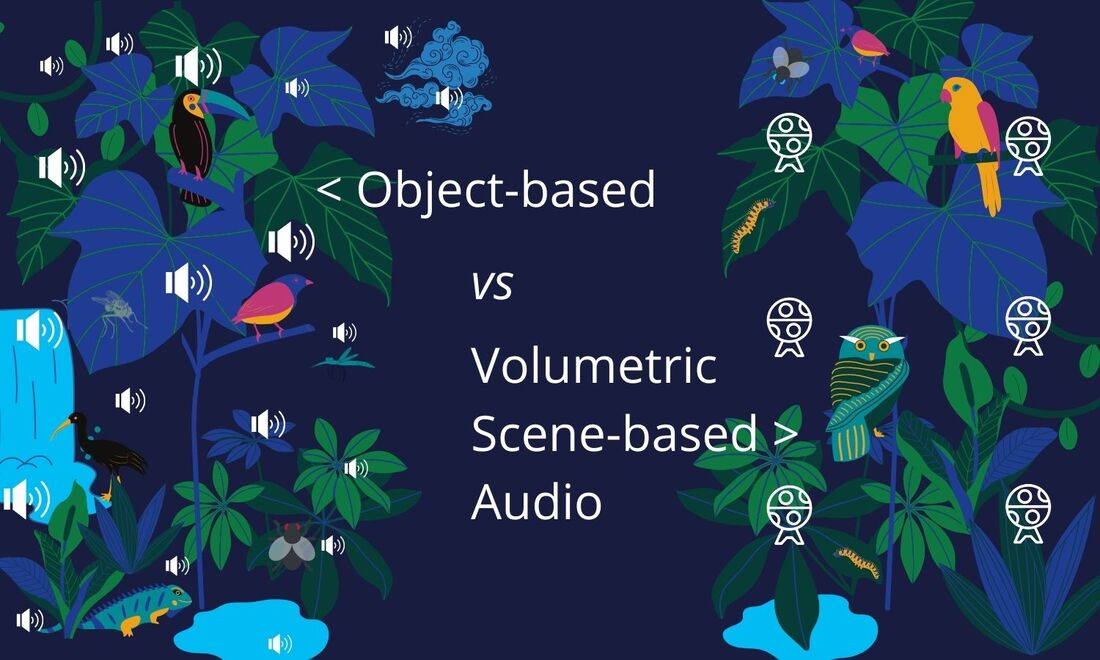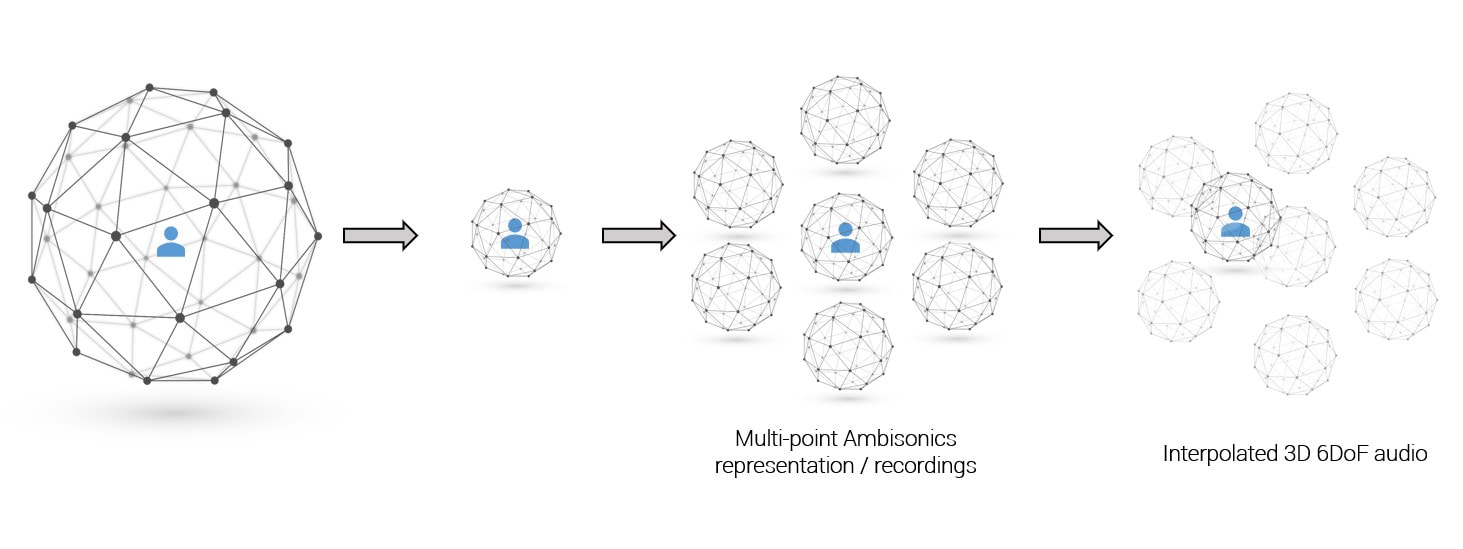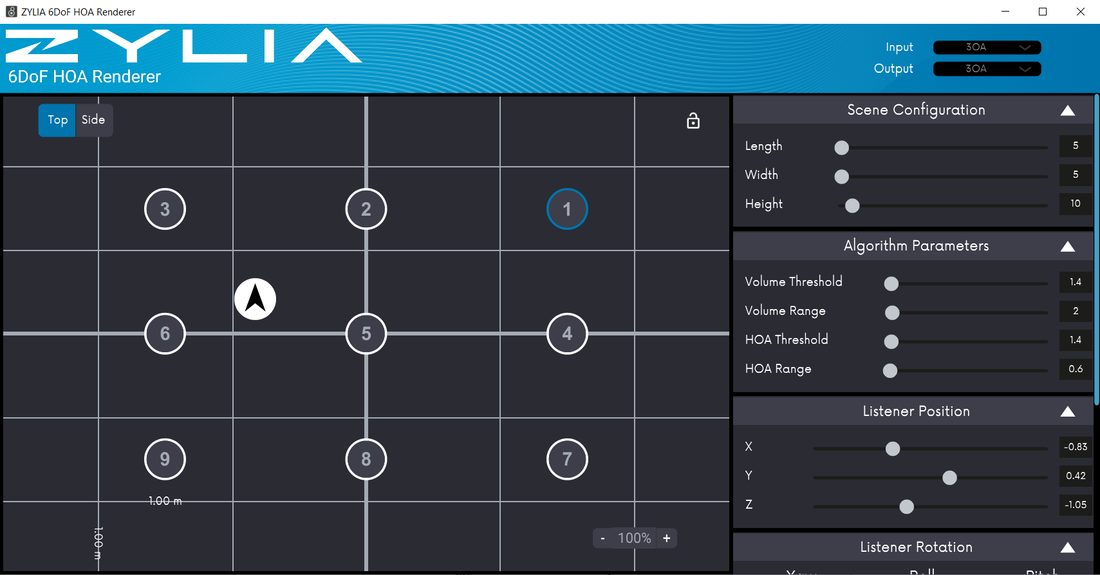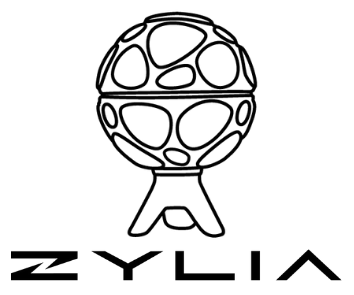Efficient Volumetric Scene-based audio with ZYLIA 6 Degrees of Freedom solutionWhat is the difference between Object-based audio (OBA) and Volumetric Scene-based audio (VSBA)?OBA The most popular method of producing a soundtrack for games is known as Object-based audio. In this technique, the entire audio consists of individual sound assets with metadata describing their relationships and associations. Rendering these sound assets on the user's device means assembling these objects (sound + metadata) to create an overall user experience. The rendering of objects is flexible and responsive to the user, environmental, and platform-specific factors [ref.]. In practice, if an audio designer wants to create an ambient for an adventure in a jungle, he or she needs to use several individual sound objects, for example, the wind rustling through the trees, sounds of wild animals, the sound of a waterfall, the buzzing of mosquitoes, etc. The complexity associated with Object-based renderings increases with the number of sound objects. This means that the more individual objects there are (the more complex the audio scene is) the higher is the usage of the CPU (and hence power consumption) which can be problematic in the case of mobile devices or limitations of the bandwidth during data transmission. VSBA A complementary approach for games is Volumetric Scene-based audio, especially if the goal is to achieve natural behavior of the sound (reflections, diffraction). VSBA is a set of 3D sound technologies based on Higher-Order Ambisonics (HOA), a format for the modeling of 3D audio fields defined on the surface of a sphere. It allows for accurate capturing, efficient delivery, and compelling reproduction of 3D sound fields on any device (headphones, loudspeakers, etc.). VSBA and HOA are deeply interrelated; therefore, these two terms are often used interchangeably. Higher-Order Ambisonics is an ideal format for productions that involve large numbers of audio sources, typically held in many stems. While transmitting all these sources plus meta-information may be prohibitive as OBA, the Volumetric Scene-based approach limits the number of PCM (Pulse-Code Modulation) channels transmitted to the end-user as compact HOA signals [ref.]. ZYLIAs interpolation algorithm for 6DoF 3D audio Creating a sound ambience for an adventure in a jungle through Volumetric Scene-based audio, can be as simple as taking multiple HOA microphones to the natural environment that produces the desired soundscape and record an entire 360° audio-sphere around devices. The main advantage of this approach is that the complexity of the VSBA rendering will not increase with the number of objects. This is because the source signals are converted to a fixed number of HOA signals, uniquely dependent on the HOA order, and not on the number of objects present in the scene. This is in contrast with OBA, where rendering complexity increases as the number of objects increases. Note that Object-based audio scenes can profit from this advantage by converting them to HOA signals i.e., Volumetric Scene-based audio assets. To summarizing, the advantages of the Volumetric Scene-based audio approach affecting the CPU and power consumption are:
Zylia 6 Degrees of Freedom Navigable Audio One of the most innovative and efficient tools for producing Volumetric Scene-based audio is ZYLIA 6 Degrees of Freedom Navigable Audio solution. It is based on several Higher Order Ambisonics microphones which capture large sound-scenes in high resolution, and a set of software for recording, synchronizing signals, converting audio to B-Format, and rendering HOA files. The Renderer can be also used independently from the 6DoF hardware – to create navigable 3D assets for audio game design. ZYLIA 6 DoF HOA Renderer is a MAX/MSP plugin available for MAC OS and Windows. It allows processing and rendering ZYLIA Navigable 3D Audio content. With this plugin users can playback the synchronized Ambisonics files, change the listener’s position, and interpolate multiple Ambisonics spheres. The plugin is also available for Wwise, allowing developers to use ZYLIA Navigable Audio technology in various game engines. Watch the comparison between Object-based audio and Volumetric Scene-based audio produced with Zylia 6 Degrees of Freedom Navigable Audio solution. Notice how the 6DoF approach reduces the CPU during sound rendering. Volumetric Scene-based audio and Higher Order Ambisonics can be used for many different purposes, not only for creating soundtracks for games. This format is very efficient when producing audio for:
#zylia #gameaudio #6dof #objectbased #scenebased #audio #volumetric #gamedevelopment #GameDevelopersConference #GDC2021 #GDC Want to learn more about multi-point 360 audio and video productions? Contact our Sales team:
0 Comments
Your comment will be posted after it is approved.
Leave a Reply. |
Categories
All
Archives
August 2023
|
|
© Zylia Sp. z o.o., copyright 2018. ALL RIGHTS RESERVED.
|




 RSS Feed
RSS Feed
